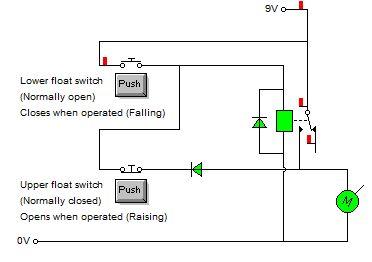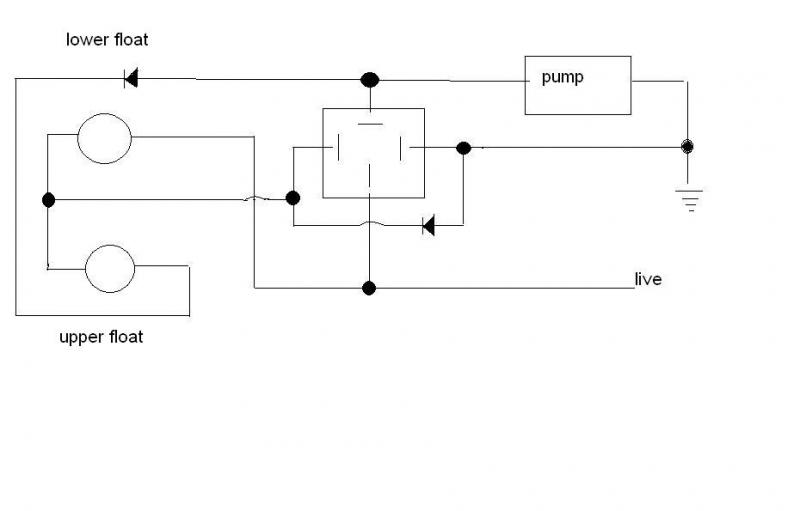B
breezer
The problem with float switches is you can design a circuit to do what ever, but the float switches can "bounce" on the liquid surface, so although in theory a circuit will work, in practice it doesnt because the float switches "bounce"
which is why quite often with bulk liquids a delay is used to allow for the movement of the liquid
which is why quite often with bulk liquids a delay is used to allow for the movement of the liquid




